Rainwater harvesting is a brilliant way to make use of nature’s bounty, and provide yourself with an abundant source of water for your home, garden and other needs. By taking advantage of various systems, it is possible to not only have extra water for watering gardens and lawns, but with more complex systems, even provide filtered water for household use. We’ve outlined some of the various dynamics, advantages and techniques for harvesting rainwater, and provide you with some great ideas and inspirations to get you started on this brilliant endeavor.
Advantages of Rainwater Harvesting
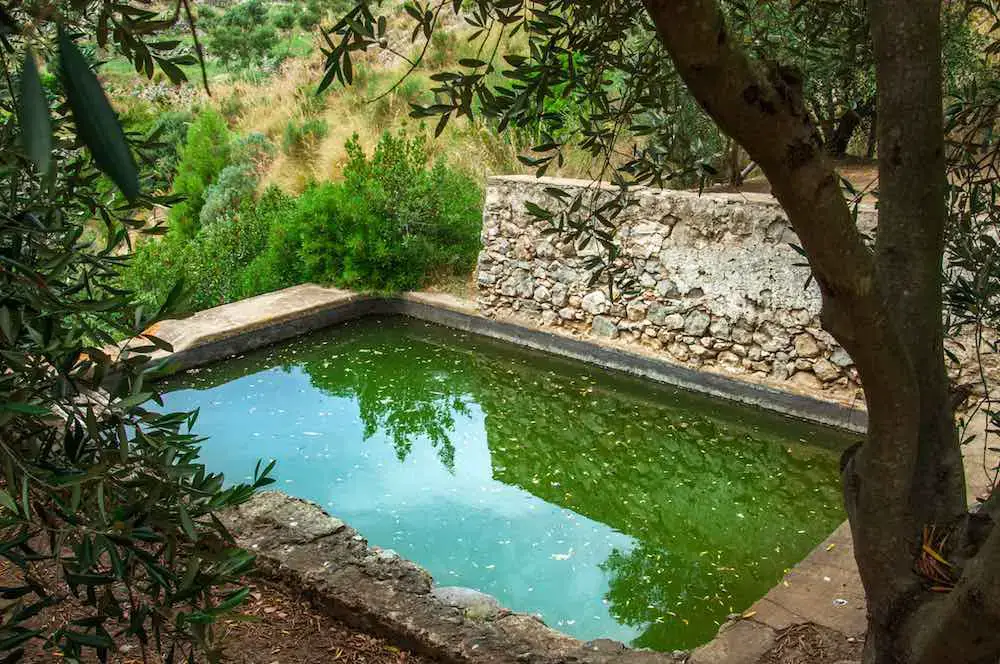
Any process of collecting rainwater, whether it be from surfaces such as roofs, flooded areas of your property, gardens, or even purpose built collection barrels, qualifies as rainwater harvesting. The storage, filtering and preparation of rainwater for use, or for consumption, offers enormous benefits and advantages. As we have noted in past years, water is a resource that is fast becoming a valuable commodity, and with longer and warmer summers, and municipal water systems and reservoirs becoming increasingly pressured during peak periods, the advantages and importance of harvesting your own water become more clear.
Cost Effective – Saving Money
The world is not getting any cheaper, and this includes the cost of your water bills. Rainwater harvesting provides you the opportunity to save a substantial amount, even with the most simple systems in place. The costs associated with setting up a harvesting system are not high, but these systems provide you with a lot of savings that you will notice very quickly, especially in the warmer months, when water usage rises substantially.
Safety and Health
Municipal water systems are required to treat water using various methods, including the use of chemical agents to clarify and purify your water. This helps to eliminate various problems that may arise, and protect communities from bacteria and other issues that can arise.
Environmental Benefits
Getting water to your home is not an inexpensive proposition, nor does it come with zero impact to the environment. Municipalities use pumping systems, generators and other energy intensive equipment to ensure that your water gets to your home as you require. By harvesting your rainwater, you reduce your usage footprint of these resources, which has the net effect of reducing the energy required to get water to your home. Every person that can reduce their energy usage in this regard, provides environmental benefits on a larger scale.
Water Usage Controls
During summer months, when water use substantially increases, it is not unusual for communities and municipalities to limit and/or ban water usage for certain periods of time. For those who are active in keeping their vegetable gardens, lawns and/or flower gardens in prime shape, this can negatively effect your efforts. Harvesting provides you the tools and resources to ensure that you have water available to meet your requirements, even during times of water usage controls implemented by local authorities.
Mitigating Flooding and other Water Related Issues
Collection systems provide a buffer between your property and common drainage systems. By utilizing harvesting systems, there is an opportunity to relieve some pressure from drains that may otherwise be overwhelmed by high volume input during storms and major precipitation events. Benefits abound when considering the opportunity to harvest fresh water, while reducing the risk of drain overflow and/or flooding on your property.
The Technical – Rainwater Harvesting
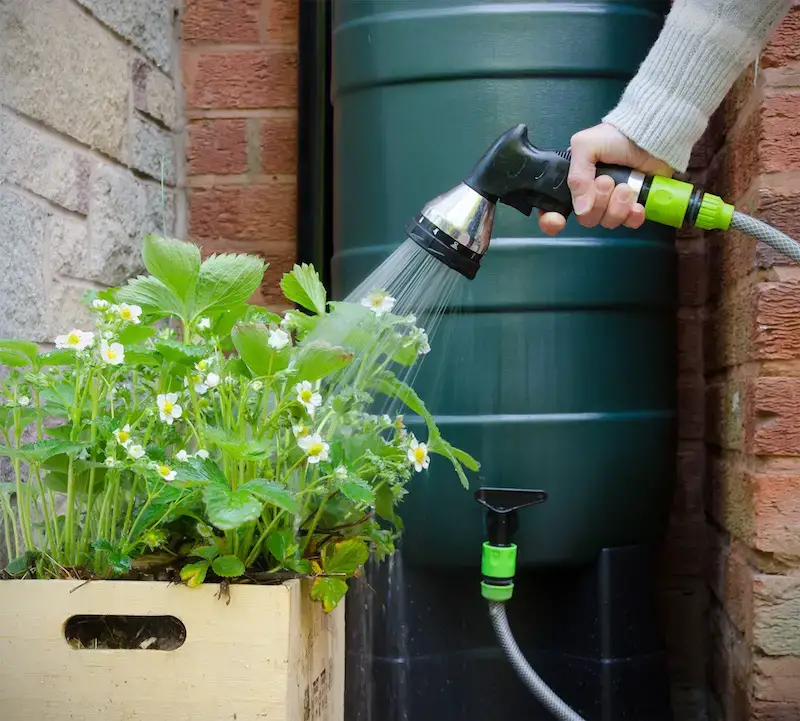
There are myriad different forms of harvesting systems available. From the most basic, which may just be a barrel at the end of an eavestrough, to more complicated and robust systems. In all instances however, there is a common language which is associated with collection and harvesting systems, and this will help guide you as you develop your own ideas and strategies for rainwater collection and harvesting.
The following specifics are outlined in the basic “flow” that you might expect in the process of harvesting rainwater. Starting with the area you have selected that is the primary “surface” from which you will collect the rainwater, to the systems you will use to convey the rainwater to a collecting area, the collection area itself, and finally the distribution of that water to your desired use areas.
1. Catchment
This term refers to the specific space/surface you will use as your primary ‘net’ for catching rainfall. This can be a rebuild surface, such as a roof, or something purpose built. Additionally, a ‘surface’ can even be a garden, or an area of your property that naturally floods and collects water when it rains. Any of these quality as your “catchment”, and identifying these areas is the first step in the development of your rainwater harvesting system. Clearly identifying these areas will also assist you in the proceeding steps, to ensure you have a clear idea of the tools and equipment you may need to succeed.
2. Conveyance
In the previous paragraph ‘catchment’ is defined as the area that rainwater will be collected from, and ‘conveyance’ is the term for the pieces of your system that direct the water from this surface/area towards your storage system. This can include eavestroughs, spouts, or any other tools you use to direct your water towards your storage systems.
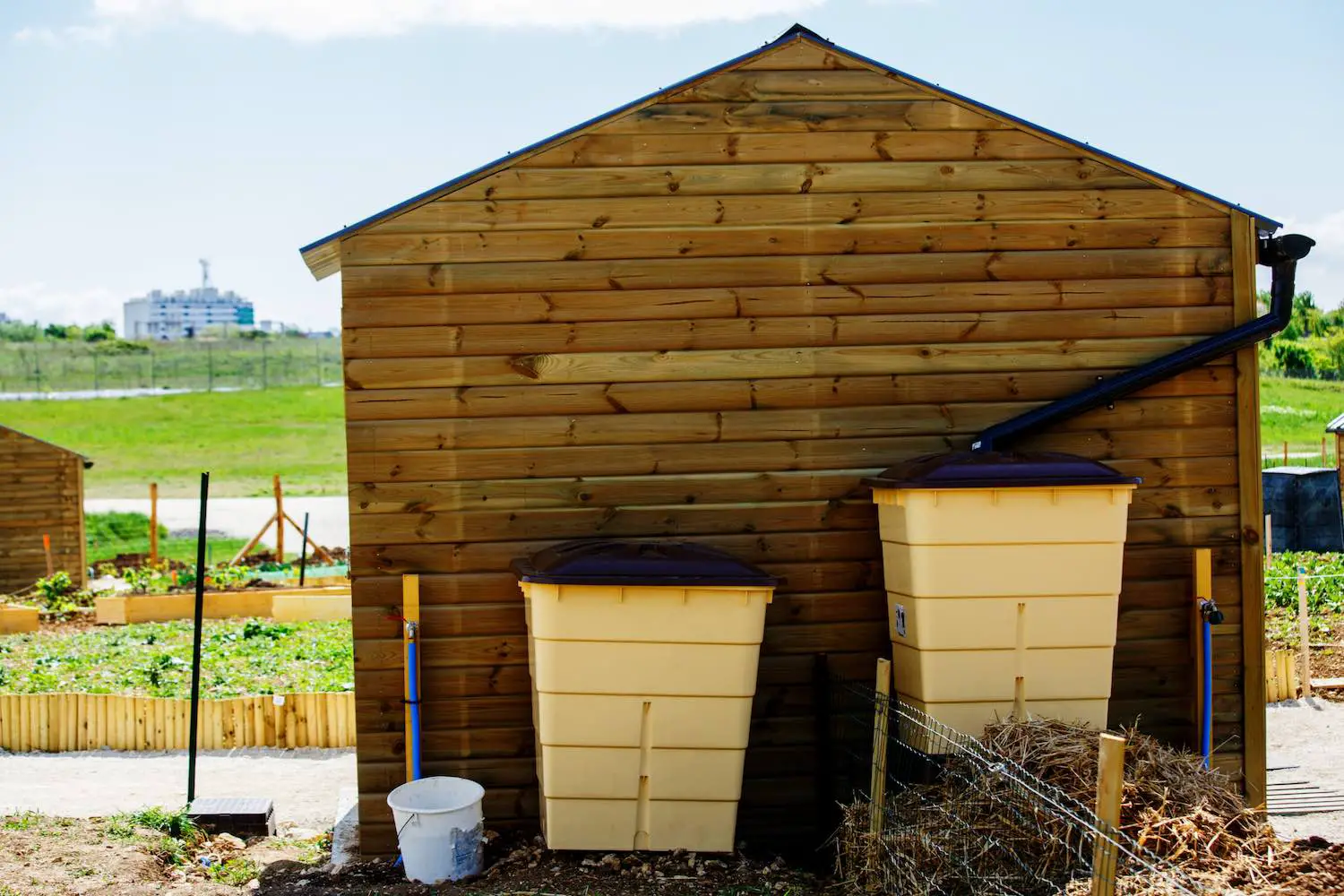
3. Storage
Storage can be any place that you direct your rainwater for collection. The most commonuse scenario will be large barrels, but it can also be far more complex, including large concrete collection areas, and various other imaginative storage tools.
4. Distribution
Once you have your water into your storage (whether it be barrels or some other system), you will need some way to get that water to the location of use. This can be your gardens, your lawns, to a purification system, or even inside your home. It could even be said, that using a small bucket to collect water from a barrel and manually pouring it onto your garden, is part of your distribution system. That said, it is likely that you will make use of a mechanical pumping system, or a gravity system, to give pressure and life to your harvested rainwater. Your system can even be married to your existing in-house plumbing systems, to provide direct access to your rainwater from within your home, with minimal effort.
Considerations – Before you Build or Buy
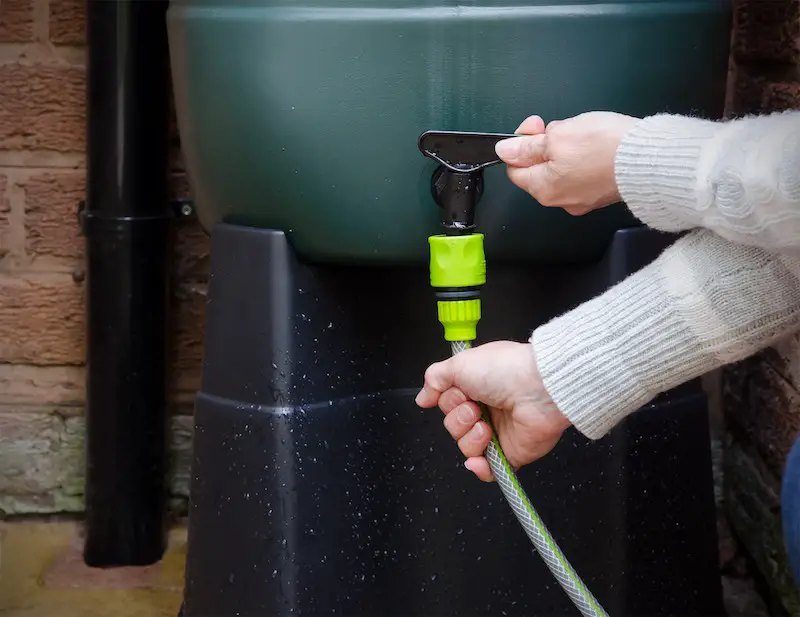
Like most things in this life, there are a lot of choices available – deciding on the type, tools and methods of the system you will create is no different. That said, there are some common, but important points, that should be considered before you invest too much time, effort or money into your endeavors.
Usage Patterns
The size and scale of your rainwater harvesting system will always be shaped by exactly what you will use the water for. It may be, that you simply want easy access to fresh water to use for watering a herb garden, or perhaps a more complicated usage scenario. In all cases, determining this before hand will give you guidance when selecting the pieces to assist your efforts. One point to consider here, however, is whether you might want to expand your system in future. If there is a chance that this is likely, you can make choices and selections that will give you options and opportunity to expand as you require. Additionally, your costs will be defined largely by exactly how you want to use your rainwater, as this will define the scale of what may be required.
Usage Requirements
With the first question answered, and with the knowledge of how you will use your harvested rainwater, it is now important to determine how much rainwater you may need to meet your requirements. This step means you must give some thought to the scenarios where your water will be used. For example, if there is an intention to connect your system to your home, and use rainwater as a part of your domestic life, then making some basic calculations about home water use will be important, as will information about any specific connectors that may be required to get the water into your home . Similarly, if your water volume requirements are lower, perhaps being used for only a small garden, then you will have a different volume requirement, and you can plan and design your system accordingly. This again, will also help you in your cost calculations as you develop your plan.
Collection Volume Calculations
The first two points having been answered, you can now look at your catchment area, and determine whether you have sufficient space and/or collection capacity to meet the needs that you have outlined. These calculations can come in various forms, all of which are quite basic, though in simplest terms can be calculated using data with your average annual rainfall (Precipitation Tables for: Canada, US, UK) and the surface area you have defined for catchment (it is also wise to reduce this by 15 to 20 percent to account for leaks and other loss factors). A sample calculation is provided below:
(Total ft2 of catchment area) * Annual Rainfall = Collection Capacity
This calculation, of course, will be based on an annual rainfall. It is wise to recognize that when working with averages like this, you may need to be more specific. As an example, using monthly averages for rainfall makes more sense than annual, as you will have a more granular view of what to expect during specific times. Most national and regional governments provide this information publicly, and will help you in making the most of your rainwater harvesting systems, and help you with your demand planning.
Water Storage Capacity
The obvious final point of consideration is knowing exactly how much rainwater you are able to store. Whether it is a barrel, a tank, or a cistern, you will know the capacity of the containment, and from this, know how much you can expect to store. In cases where your storage solution is not sufficient to store all of the expected volume from your catchment area (based on the calculations above), you will need overflow solutions to direct excess water away from your property, or into other collection systems.
Rainwater Harvesting Systems – Types and Forms
These systems come in various forms, though in principle there are three basic types, which come in different levels of complexity, depending on your requirements determined in the previous steps.
Water Butt
Simply stated, a “water butt” is a barrel used for collecting water. This is likely the form and type of harvesting that most people are familiar with, and is the easiest type of collection available. When used for simple watering of gardens, or basic yard use, it is effective in providing additional water to assist you meeting your needs, and reduces your water usage from your primary, or municipal sources. This is a very inexpensive and simple system, and is used widely throughout the world
Gravity Feed
Taking things a step further from the Water Butt, is the Gravity Feed system, which is the use of an elevated container, which feeds water to your system. By elevating the storage of your rainwater, you provide additional pressure when releasing water, providing you the opportunity to have hoses and spray systems, without the use of pumps or other facilities. This is a great system which will give you enormous flexibility in how you use your harvested rainwater. Gravity feed systems are admittedly more complicated to install than a Water Butt, and may require some purpose built structures to support your storage, but the benefits can be enormous.
Pump Feed Systems
Clearly the most advanced of all the systems – a pump feed system offers the most flexibility and opportunity to your harvesting system. Additionally, using a pump system also often provides opportunities to filter your rainwater, adding purification and other elements into your system that may make your water ready for consumption or home use in many different scenarios. Such systems can also be coupled with Gravity feed to additionally offer energy savings in the use of pumps. There are even solar systems available, to ensure that your pumping systems are as energy neutral as possible, and do not add to your power bill.
Equipment & Suggestions
There is no single “best” solution for rainwater harvesting. As is clear from all the information provided, each system is different, and will reflect your needs, requirements and usage habits.
We have done some research to outline various products, tools and systems that may be helpful to you in the development of your systems. We have done our best to curate a few products and tools that have been well rated by others, and that offer great value to you in your efforts. From water diverters/filters, to eavestrough connections, rain barrels and learning tools – they are sure to have important pieces to assist you. Check them out!
Let us know your thoughts, we try to respond as quickly as possible! To stay up-to-date on all our articles, tutorials, product ideas and inspirations – subscribe to our newsletter and stay in touch!










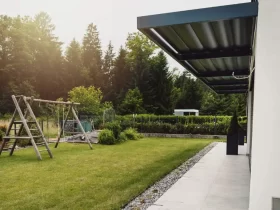







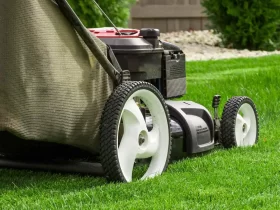

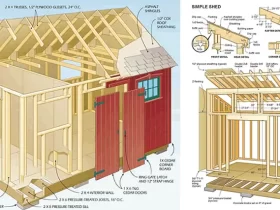

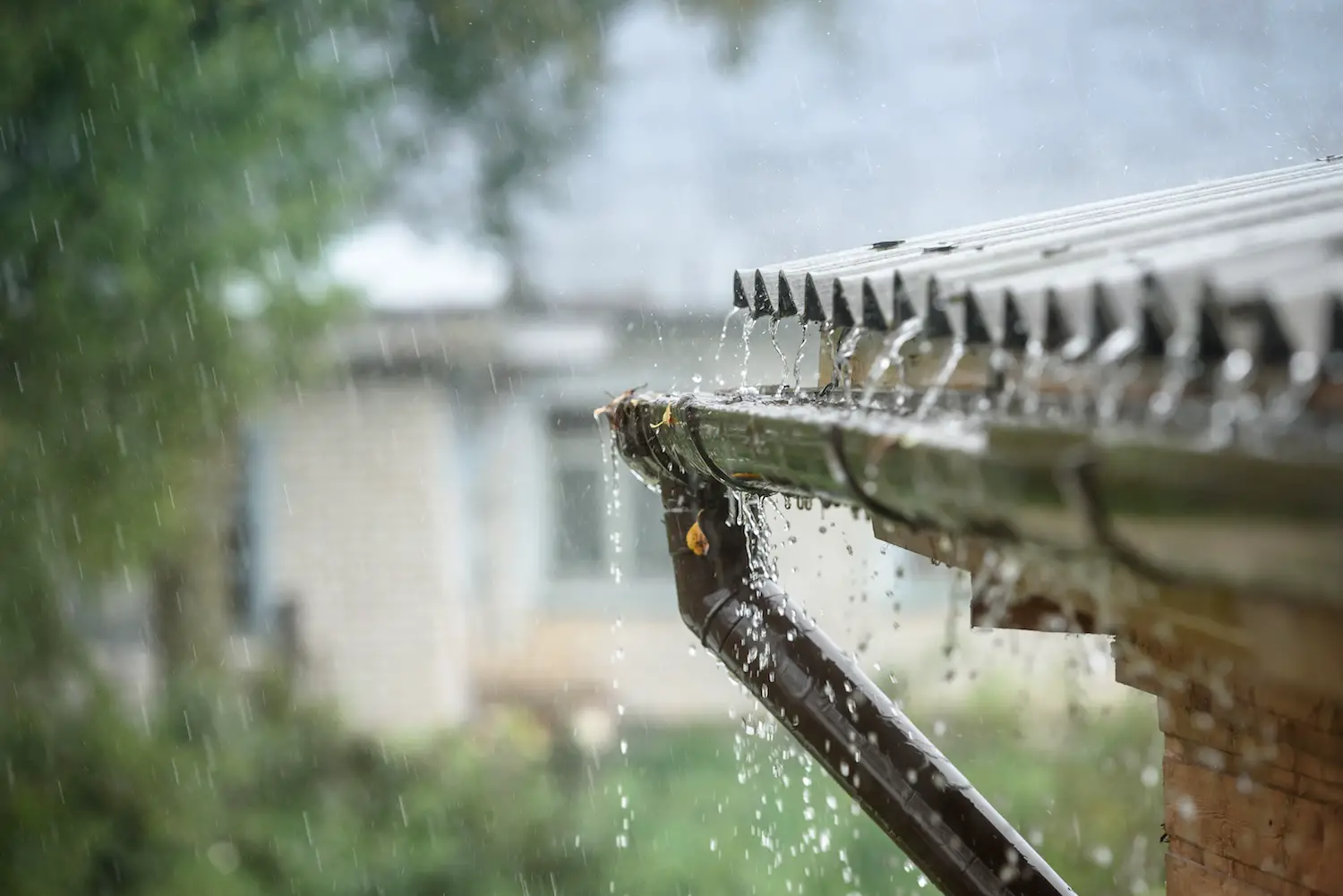







Leave a Reply